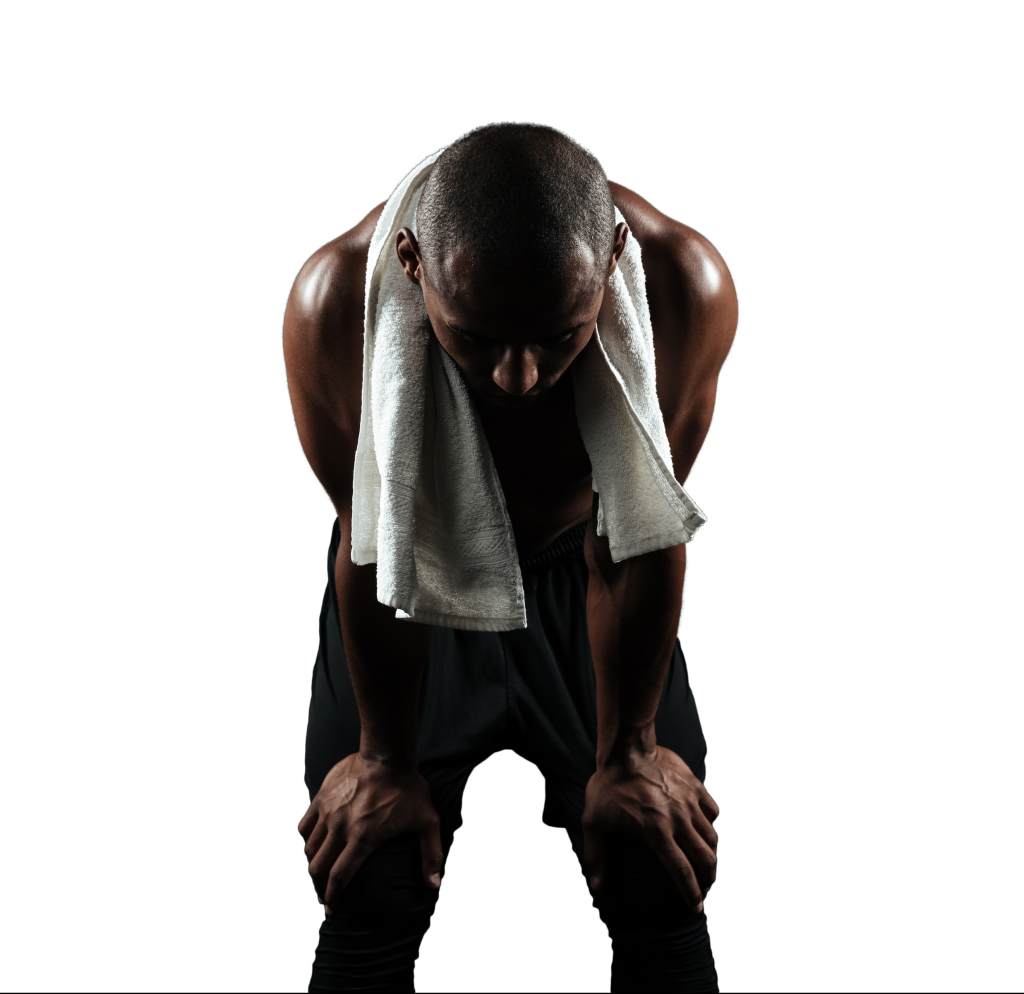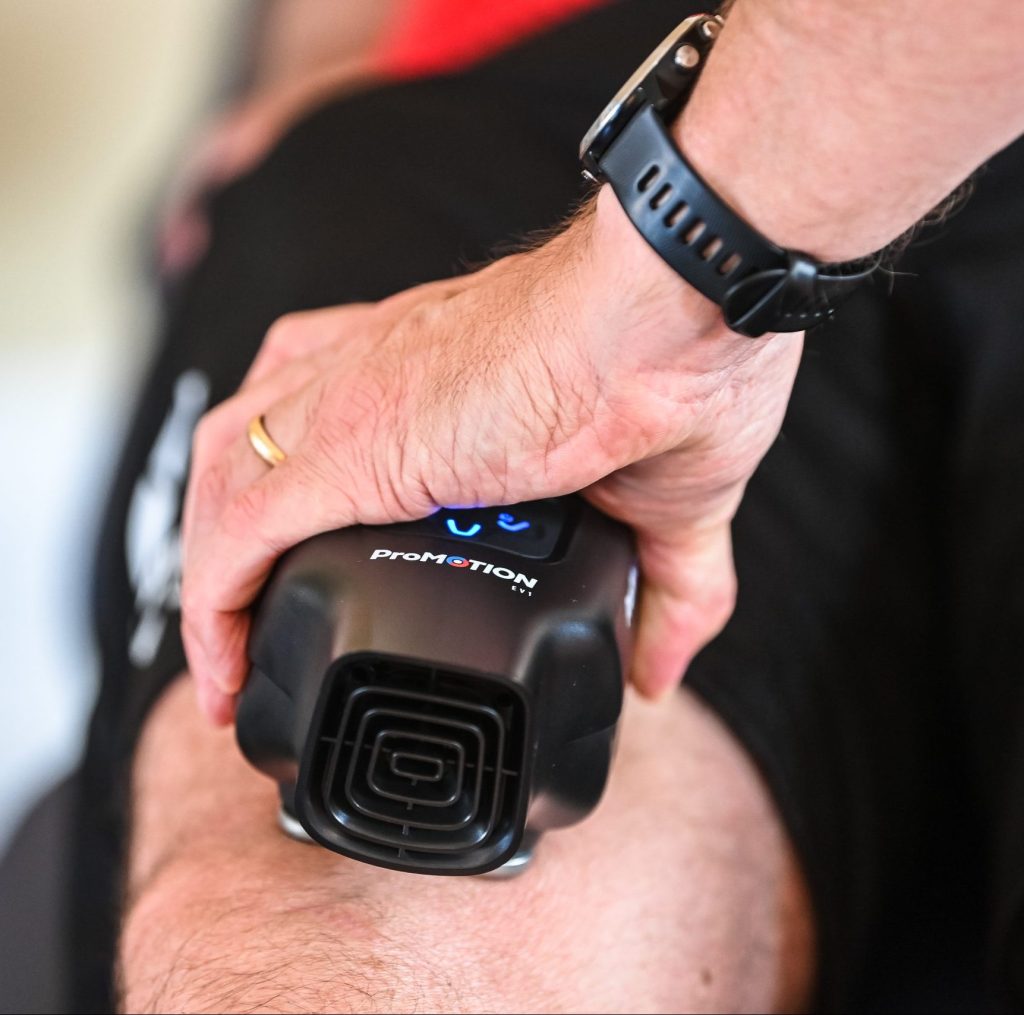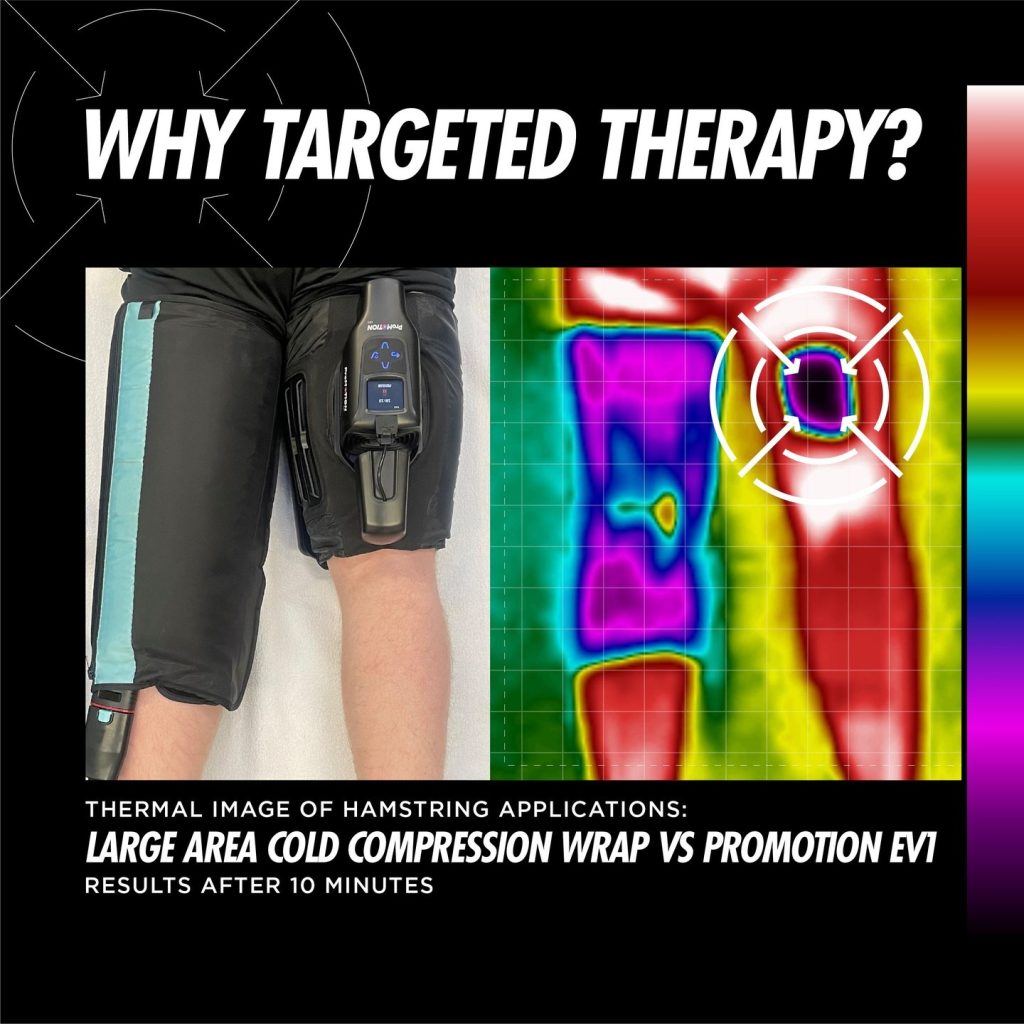ProMOTION EV1 for Cool-downs
Warming up before exercise is a great way to prevent injury and increase blood flow, but your post-exercise cool-down session is just as vital.
Including a cool down after exercise can help to prevent injury, reduce delayed onset muscle soreness (DOMS) and stretch your muscles.
Do cool-downs really matter?
Exercise subjects the body to stress, which can affect both the muscular, connective tissues, neurological tissues, and bone.
The cool-down aims to replenish energy stores, reduce metabolic by-products, reduce sympathetic nerve activity, reduce the susceptibility to delayed onset of muscle soreness (DOMS) and reduce cardiorespiratory parameters (e.g heart rate, blood pressure, respiration) gradually to minimise the risk of any cardiovascular complications following exercise (Penn, 2016).
Research has also highlighted that there may be some beneficial effects to next day performance following an effective cool-down.

Cryotherapy for cool-downs & recovery
Stretching is the most commonly used method of cooling down. To take your cool-down routine to the next level you can incorporate devices such as foam rollers or massage guns.
Research has also highlighted the use of cryotherapy within the first few hours after a strenuous training session to reduce the occurrence of secondary damage. Using cooling strategies after endurance-based training and heating after strength-based training may help to induce advantageous gene expression-related adaptations (Allan et al., 2017).
The use of cooling aims to reduce deep muscle temperature in an attempt to favourably reduce blood flow and metabolism (Merrick, Jutte and Smith, 2003).
Exercise-induced structural damage can occur in three ways:
Mechanical stress, occurring from an increase in the net mechanical stress per muscle fibre, causes structural damage to the muscle fibre.
Exercise of prolonged duration and/or high metabolic intensity, such as marathon running results in metabolic stress. Here structural damage is caused by metabolic deficiencies, which increase the vulnerability of the muscle fibre to mechanical stress. Metabolic stress
The increase in temperature which occurs during exercise cause structural damage indirectly through an increase in the metabolic rate
If applied in abundance, immediately following primary damage, cryotherapy was found to minimise the risk of further damage to the muscle.

The benefit of Targeted Cryotherapy vs broad cooling
Evidence supports the use of cryotherapy as a short-term pain relief for acute soft-tissue injury management 1, however, short-term adverse effects to dynamic stability and muscle strength (up to a 16% reduction) have also been reported following ice interventions, which can cool a relatively large surface area 2-4
The guidelines for injury management have introduced ‘optimal loading’ as a solution to encourage early activity to optimise recovery, however clinicians and athletes are advised to consider the potential increased risk of re-injury following a cryotherapy treatment, before returning to weight bearing activity.
Latest research 1 suggests a targeted cryotherapy approach, such as that provided by ProMOTION EV1, may help to minimise the reduction to muscle strength previously reported with ice interventions 5 allowing athletes to return to weight bearing activity earlier, at a lower risk of injury.

References
- Bleakley CM, Glasgow PD, Phillips N, et al. Guidelines on the management of acute soft tissue injury using protection rest ice compression and elevation. The Association of Chartered Physiotherapists in Sports and Exercise Medicine (ACPSM); 2011.
- Rhodes D, Alexander J. THE EFFECT OF KNEE JOINT COOLING ON ISOKINETIC TORQUE PRODUCTION OF THE KNEE EXTENSORS: CONSIDERATIONS FOR APPLICATION. The International Journal of Sports Physical Therapy. 2018;13(6):985.
- Alexander J, Richards J, Attah O, Cheema S, Snook J, Wisdell C. Delayed effects of a 20-min crushed ice application on knee joint position sense assessed by a functional task during a re-warming period. Gait & Posture. 2018;62:173-178.
- Alexander J, Selfe J, Oliver B, et al. An exploratory study into the effects of a 20 minute crushed ice application on knee joint position sense during a small knee bend. Physical Therapy in Sport. 2016;18:21-26.
- Alexander J, Selfe J, Greenhalgh O, Rhodes D. Exploratory evaluation of muscle strength and skin surface temperature responses to contemporary cryotherapy modalities in sport. Isokinetics and Exercise Science. 2021:1-9. doi:10.3233/IES-200253